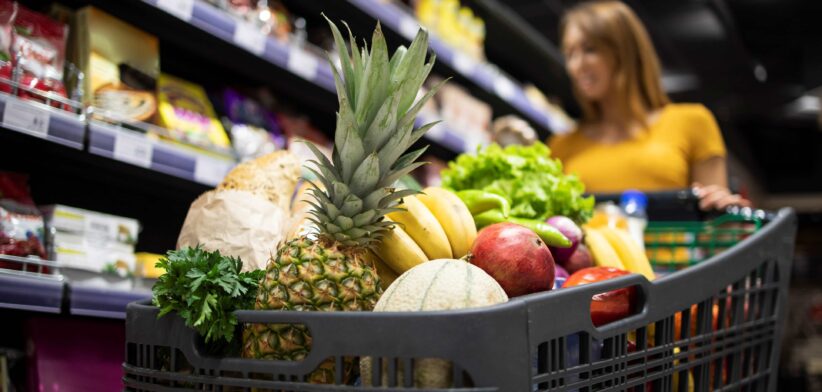Australian households can cut the carbon footprint of their grocery shop by more than a quarter by switching to similar, but more environmentally friendly alternatives.
Research on Australian supermarket products by The George Institute for Global Health and Imperial College London published in Nature Food found making bigger changes, like swapping a frozen meat lasagne for the vegetarian option, could push the reduction to as much as 71 percent.
Institute Food Policy Program Director Professor Simone Pettigrew said for the switch to occur it would require on-pack labelling of greenhouse gas emissions for every Australian food so that consumers could make informed choices.
Professor Pettigrew said Australia was taking too long to improve the sustainability of the food system, endangering the prospect of a net-zero future.
“There is currently no standardised framework for regulating the climate or planetary health parameters of our food supply, but by using studies like this, we can develop innovative ways to help consumers make informed choices and create a movement for positive change,” she said.
“With this in mind, we have developed a free app called ecoSwitch, which is based on this research. Shoppers can use their device to scan a product barcode and check its ‘Planetary Health Rating,’ a measure of its emissions from half a star (high emissions) to five stars (low emissions).”
Professor Pettigrew said the new app was built off the most detailed analysis ever done on the environmental impacts of Australia’s food purchasing behaviour.
She said it included comprehensive data on greenhouse gas emissions and sales for tens of thousands of products sold in supermarkets.
Lead author and epidemiologist Dr Allison Gaines said food and beverage consumption patterns, particularly in higher-income countries like Australia, needed to change significantly to meet global emissions targets.
Dr Gaines said researchers calculated the projected emissions of annual grocery purchases from 7000 Australian households using information on ingredients, weights and production life cycles in The George Institute’s FoodSwitch database and global environmental impact datasets.
She said more than 22,000 products were assigned to major, minor, and sub-categories (e.g. ‘bread and bakery’, ‘bread’ and ‘white bread’, respectively) to quantify emissions saved by switching both within and between these groups.
“Meat products contributed almost half (49 percent) of all greenhouse gas emissions, but only 11 percent of total purchases. Conversely, fruit, vegetables, nuts and legumes represented one quarter (25 percent) of all purchases, but were responsible for just five percent of emissions.”
She said in total, just over 31 million tonnes of food-related greenhouse gas emissions were attributable to products consumed in Australian homes in 2019 – equivalent to emissions from more than six million cars driving for an average of 22,500km per year.
“The results of our study show the potential to significantly reduce our environmental impact by switching like-for-like products. This is something consumers could, and would probably like, to do if we put emissions information onto product label,” Dr Gaines said.
Dr Gaines added that the switches would not compromise food healthiness overall.
“We showed that you can switch to lower emissions products while still enjoying nutritious foods. In fact, we found it would lead to a slight reduction in the proportion of ultra-processed foods purchased, which is a positive outcome because they’re generally less healthy.”
She said it was estimated that around one-third of global greenhouse gas emissions were attributable to the food and agriculture sector and the combined health and environmental costs of the global food system were estimated to be $15-$21 trillion per year.








